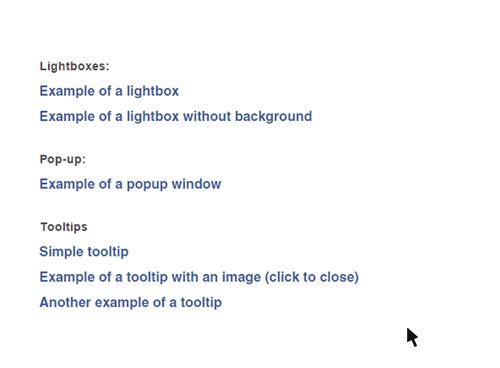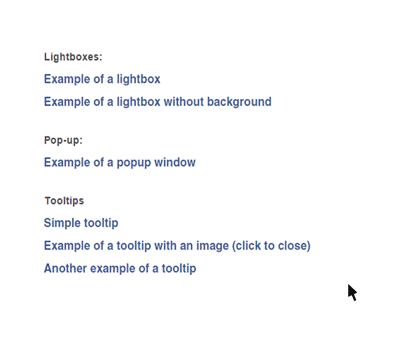Shopping cart abandonment is one of the biggest roadblocks in the holy grail of e-commerce conversion. You can have as much traffic as you want and design your website perfectly, but if your cart abandonment rates are high, all your efforts will go to waste.
And, this is embarrassing when an online store puts so many efforts to boost sales.
Don’t worry, a lot of e-commerce businesses have faced similar problems and there are varied ways to fix them. The onus lies with the store owner to ensure that the grey areas are taken care of to avoid leakage in the sales funnel.
All successful e-commerce stores have taken steps to lower cart abandonment rates and addressing this issue on priority is important.
Since on an average cart abandonment rate is somewhere over 60%, we have listed out four essential elements that can curtail the cart abandonment in e-commerce businesses.
Streamlined Checkout Process
One of the biggest sales killers and reasons for cart abandonment are cluttered checkout processes. Many times customers don’t make a purchase because they get stuck while making a purchase.
Chances are it happened to you a couple of times. It’s the same for everyone; whenever a person comes across on a complex and long checkout process, chances are that they will abandon the cart and look for what they need elsewhere. And why shouldn't they, as there are so many e-commerce stores that offer simpler and user-friendly option.
If the checkout process includes several pages, then it is a problem that needs to be addressed. With each new page and new click, the chances of the customer abandoning their cart increases. It is important to make the whole thing as simple as possible and offer only what is important.
A lot of e-commerce stores prefer to gather contact information for future advertising, but these should be optional and the customers should know about it. Also, an e-commerce store should display all of the information that is required to the customers instantly and never let subsequent pages pop out.
A good option is to add the “express checkout” feature. This feature allows customers to checkout whenever they like by just clicking on a button next to their shopping cart. The feature is built to simplify the process without opening any new pages. Customers will be able to complete the purchase on site.
Customer-friendly Approach

One of the essential ways to improve your cart abandonment rates is to create a website that is user-friendly and intuitive. This is especially important for customers that don’t have a lot of experience in shopping online, but also for those who’ve done this many times.
It’s all about implementing a website design that has great navigation and user flow. It also means offering the visitors with useful information upfront so that they understand that the online store is not hiding anything. This will build trust and motivate them to successfully purchase something.
A good option is to implement a knowledge base, a live chat feature, or a help desk. All of these are effective customer service tools that can, in one way or another, help consumers get relevant information that they need for having a seamless shopping experience. One of the major reasons why customers leave their shopping cart is because they lack clarity and don’t know how to proceed.
Simply put, they lack information which is vital for their purchase. These customer support tools are very valuable and helpful as customers can quickly learn how the whole process goes, or even learn more product related info, like prices and shipping information. A knowledge base can be implemented so that customers can access them on their own and search for the answers they need.
If they prefer getting their issues resolved in person, then a live chat option will suit them better. It’s true that transparency is important to build trust online and assumes great relevance when talking about the purchasing process where people need to know what they are doing and how to do it.
Also, adding quality photos of all products works because images make a huge impact. Although looks are important, it’s much more important to put an emphasis on functionality and that each button, link or piece of information is out there for a reason.
This also includes offering different payment options. Some of the most popular options are:
- Mastercard
- Visa
- PayPal
- American Express
Inform Customers about Additional Charges

Customers love free shipping but if an online store charges extra shipping costs, it is best to let the clients know about it. One of the worst things for a customer is to realize that there are additional charges once they have reached the checkout page. Most customers will lose their trust when they find out that the store is hiding important information from them and especially so if we are talking about hidden costs.
But, how do you approach customers properly so that they don’t leave the cart? There are a couple of ways to do this. First of all, be honest and clearly explain what they are obligated to pay for. Include some sort of estimator or calculator to the shopping cart so that the customers have an understanding of the additional costs they will pay for.
On the other hand, offering free shipping works but include the shipping costs in the product prices. This will allow an online store to cover the expenses for the shipping but the customers won’t have the sense that they are paying for something else, other than the products.
Improve Your Website’s User Experience
No matter how visually pleasing your website is, things may go wrong. If you do not want to lose the sale, you should ensure that the user is offered help at every point.
In such a scenario, using context-sensitive help becomes vital because it will allow the customers to understand your products/ services better. Here are some of the key ingredients of context-sensitive help which you should be aware of.
- Popup: It can be used as signposts to related help content or display interactive content like images and icons. It’s true that popups are an easy way to display the true worth of a product and get customers hooked right from the start.
- Tooltip: This option will let you explain product features, policies, pricing disclaimers and more.

- Lightbox: These come with a scroll bar effect and are perfect for displaying exhaustive help documentation.

Build Relationships with Customers
A loyalty program is an excellent way to provide attractive special awards to those who register. It also makes them aware that there are more ways to earn points and bag more rewards as they continue shopping. It’s about offering an incentive which helps a business to improve customer retention greatly.
According to VWO eCommerce Survey 2014, about 50% of shoppers will buy the products left abandoned in their carts if they are offered discounted prices.
Want to know a loyalty program can create an impact on the consumers? Here are two ways.
- Free shipping: e-commerce giant Amazon follows this tactic. Online shoppers love Amazon’s loyalty program, Amazon Prime. Here the loyalty members are charged an annual fee and they get free-two day shipping (whenever they need) all throughout the year.
- Loyalty points: An e-commerce store owner can display (on the product page or checkout page) how many loyalty points or future discounts a customer get to earn by buying a specific product. This motivates the customers to complete their purchases.
All-in-all, a loyalty program is an easy way to attract the customers because it allows them to save money. But it’s key to communicate this option using banners, exit pop-ups, menu points or by including this information on the product or checkout pages.
Summing up
Irrespective of the business type, it’s essential that an e-commerce store give customers valuable information so that they don’t get surprised during the checkout stage.
A lot of e-commerce businesses think that they bagged sales once a customer has added items to the shopping cart. The job doesn’t end there because cart abandonment is one of the most common issues e-commerce businesses face. Conversion rate matters because this is how online businesses make profit.
Related Posts
Robin is a Technical Support Executive. He is an expert in knowledge management and various Knowledge base tools. Currently, he is a resident knowledge management expert at ProProfs. In his free time, Robin enjoys reading and traveling.








